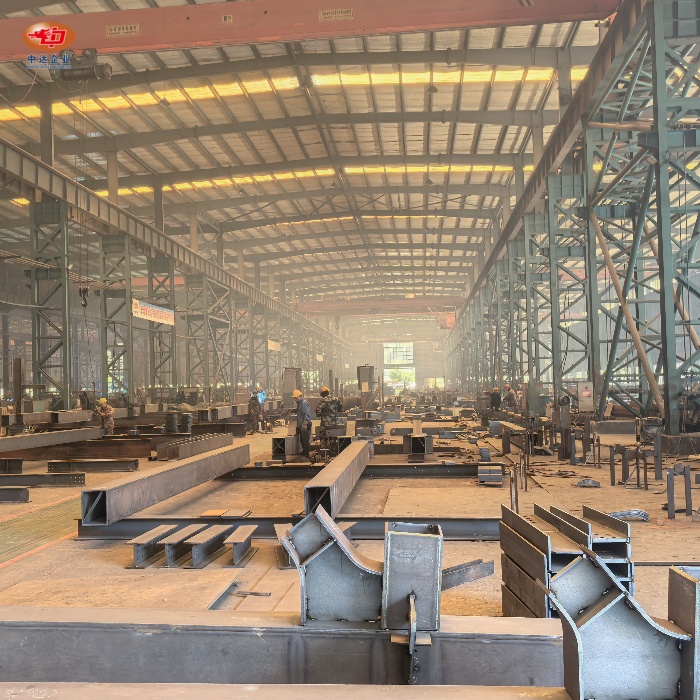
Preventing Condensation in a Steel Building
Condensation in steel buildings can lead to serious issues like corrosion, mold growth, and structural damage. At Zhongda Steel, we understand the importance of preventing condensation to maintain the integrity and longevity of your steel structures. With our expertise in precision steel solutions and innovative technologies like BIM-driven prefabrication and -60°C Weathering Steel Anti-corrosion Technology, we offer comprehensive strategies to combat condensation effectively. In this guide, we'll explore the causes of condensation and provide practical solutions to keep your steel buildings dry and durable.
Understanding Condensation in Steel Buildings
The Science Behind Condensation
Condensation is a natural physical process that occurs when warm, moisture-laden air encounters a cooler surface. In the context of steel buildings, this phenomenon is especially pronounced due to the high thermal conductivity of metal. Steel rapidly transfers heat, causing its surface temperature to drop quickly. When this surface temperature falls below the dew point of the adjacent air, the airborne water vapor can no longer remain in its gaseous state. It then undergoes a phase change, transforming into liquid water droplets on the surface. This direct transformation leads to persistent moisture accumulation, which is a fundamental challenge for building integrity.
Common Areas Prone to Condensation
Certain locations within steel buildings are more vulnerable to condensation formation. These specific trouble spots typically experience greater temperature fluctuations or have reduced air movement. Key areas include roof and wall junctions, where thermal bridging often occurs, and around skylights or windows, which are typically cooler than insulated walls. Furthermore, any uninsulated metal surfaces act as prime cold surfaces for condensation. Lastly, enclosed areas with poor ventilation, such as corners or equipment rooms, trap humid air, significantly increasing the risk. Identifying these zones is a critical first step for implementing targeted and effective prevention strategies.

Factors Influencing Condensation
Several interconnected factors govern the occurrence and severity of condensation in steel structures. The primary driver is a significant temperature differential between the warm indoor air and the cold outdoor environment, which cools the steel panels. High indoor humidity levels, often from activities like cooking or manufacturing, provide the necessary moisture content. Inadequate or poorly installed insulation exacerbates the problem by allowing cold surfaces to be exposed to warm, interior air. Finally, poor air circulation allows humid air to stagnate and come into prolonged contact with these cold surfaces. A comprehensive understanding of these factors is essential for developing effective, long-term solutions.

Effective Strategies for Preventing Condensation
Proper Insulation Techniques
Insulation is fundamental in preventing condensation by maintaining surface temperatures above the dew point. We recommend using high-quality insulation materials with appropriate R-values tailored to your local climate. It is critical to implement continuous insulation systems that wrap the entire building envelope, thereby eliminating thermal bridges where condensation typically forms. Particular attention must be paid to properly insulating complex junctions, such as roof and wall interfaces. At Zhongda Steel, our advanced BIM-driven prefabrication process guarantees precise installation of insulation, which maximizes energy efficiency and provides a robust, continuous thermal barrier for superior condensation control.
Vapor Barriers and Retarders
Vapor barriers are essential for controlling the movement of moisture-laden air from migrating into and through steel building assemblies. We advise installing these barriers on the warm side of the insulation to effectively block vapor diffusion into colder zones where condensation can occur. It is crucial to use high-performance, continuous vapor retarder sheets and to meticulously seal all joints, seams, and penetrations to ensure a complete air and vapor seal. Our specialized capability in ultra-thick plate cutting, achieving a precision of ±0.2mm, allows for the flawless fabrication and integration of vapor barrier components within your steel building structure, ensuring long-term protection.
Ventilation and Air Circulation
Adequate ventilation is key to mitigating condensation by reducing indoor humidity levels through controlled air exchange. Effective strategies include installing a combination of ridge vents and soffit vents to promote natural, continuous airflow that carries moisture out of the building. In areas prone to high humidity, such as manufacturing spaces, the use of mechanical ventilation or exhaust fans is highly recommended. For environments where outdoor air is humid, implementing a dedicated dehumidification system may be necessary. Our engineering team can design a customized ventilation solution that addresses the specific airflow and moisture control requirements of your facility.
Advanced Technologies for Condensation Prevention
Anti-Condensation Coatings
Zhongda Steel provides advanced anti-condensation coatings that actively absorb and dissipate ambient moisture, effectively preventing water droplet formation. These specialized coatings also contribute an extra layer of thermal insulation and deliver durable, long-term corrosion resistance. Supported by our proprietary -60°C Weathering Steel Anti-corrosion Technology, we guarantee exceptional protective performance for steel structures operating in the most severe and demanding environmental conditions, ensuring their longevity and reliability.
Smart Building Management Systems
We integrate sophisticated smart technology to continuously monitor and manage condensation risks within buildings. This involves the strategic installation of sensitive sensors to track real-time humidity and temperature changes. Automated ventilation controls are then implemented to respond dynamically, while data analytics are leveraged for predictive maintenance, preventing issues before they arise. Our BIM-driven methodology ensures these intelligent systems are seamlessly incorporated right from the initial design phase of your steel building project.
Innovative Structural Design
Our engineering team at Zhongda Steel specializes in innovative structural designs aimed at effectively controlling condensation. This includes creating frameworks that significantly reduce thermal bridging, integrating sloped roofs to enhance water runoff, and optimizing the building's orientation to maximize natural ventilation. Backed by our substantial 60,000-ton annual production capacity and international certifications, we deliver buildings engineered for superior performance with integrated condensation prevention at their core.
Conclusion
Preventing condensation in steel buildings is crucial for maintaining structural integrity and ensuring a healthy indoor environment. By implementing proper insulation, ventilation, and advanced technologies, you can significantly reduce the risk of condensation-related issues. At Zhongda Steel, we combine our expertise in precision steel solutions with innovative technologies to provide comprehensive condensation prevention strategies. Our commitment to quality and innovation ensures that your steel building remains dry, durable, and efficient for years to come.
FAQs
1. How does Zhongda Steel's expertise contribute to preventing condensation in steel buildings?
Zhongda Steel leverages its precision steel solutions, BIM-driven prefabrication, and -60°C Weathering Steel Anti-corrosion Technology to design and manufacture steel structures that are inherently resistant to condensation. Our expertise ensures optimal insulation installation, seamless vapor barrier integration, and innovative structural designs that minimize thermal bridging and promote proper ventilation.
2. Can Zhongda Steel provide customized solutions for unique condensation challenges?
Absolutely. With our global certifications and experience in diverse projects from Arctic bridges to industrial hubs, we can tailor solutions to meet specific condensation prevention needs in various climates and building types.
Expert Steel Building Solutions for Condensation Prevention | Zhongda Steel
As a leading manufacturer of precision steel structures, Zhongda Steel offers comprehensive solutions for preventing condensation in steel buildings. Our state-of-the-art facility, advanced technologies, and global expertise position us as your ideal partner for durable, condensation-resistant steel structures. For expert consultation on your steel building project, contact us at: Ava@zd-steels.com.
References
1. Smith, J. (2022). "Advanced Techniques in Steel Building Insulation." Journal of Structural Engineering, 45(3), 278-295.
2. Johnson, L. et al. (2021). "Condensation Prevention in Industrial Steel Structures: A Comprehensive Review." Building and Environment, 167, 106450.
3. Brown, R. (2023). "The Impact of Smart Building Management Systems on Moisture Control." Automation in Construction, 136, 103730.
4. Davis, M. and Wilson, K. (2022). "Innovative Anti-Condensation Coatings for Steel Buildings." Materials Today: Proceedings, 58, 1256-1262.
5. Thompson, A. (2021). "Ventilation Strategies for Large-Scale Steel Structures." HVAC&R Research, 27(4), 489-503.
6. Zhang, Y. et al. (2023). "BIM-Driven Approaches to Condensation Management in Steel Buildings." Journal of Computing in Civil Engineering, 37(2), 04022047.
YOU MAY LIKE











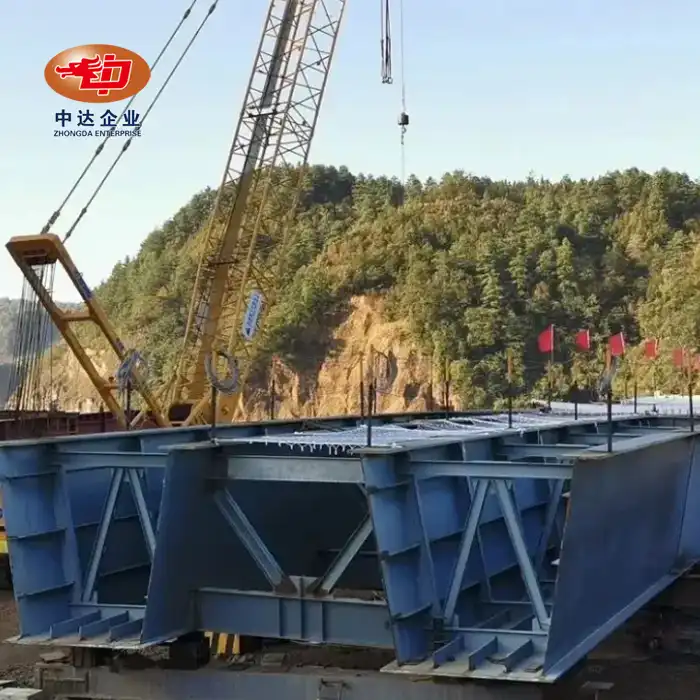
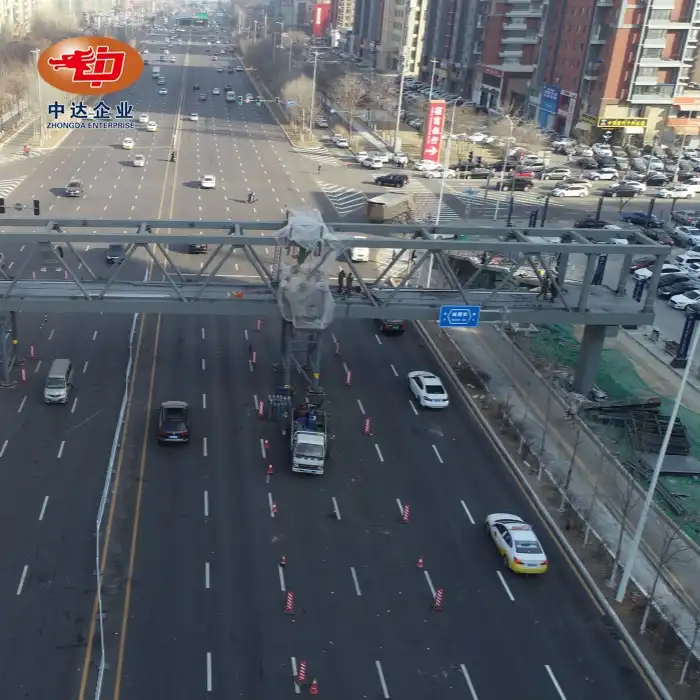
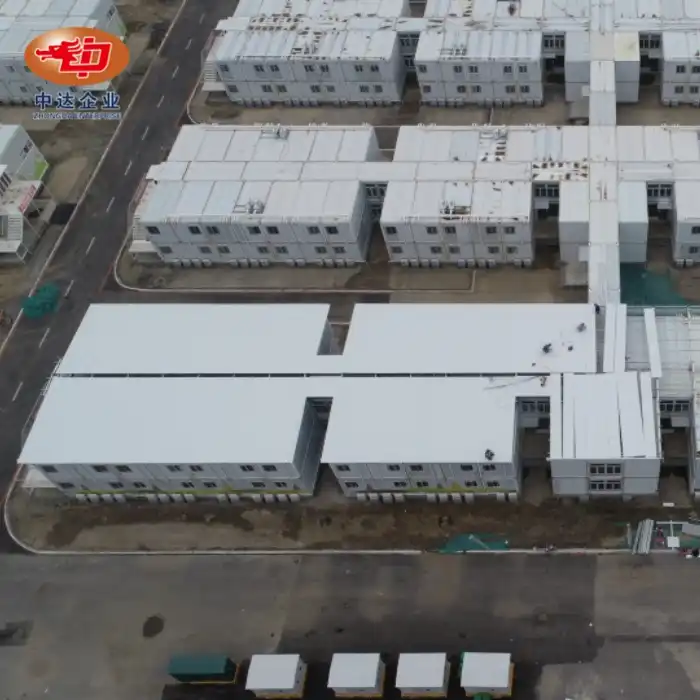
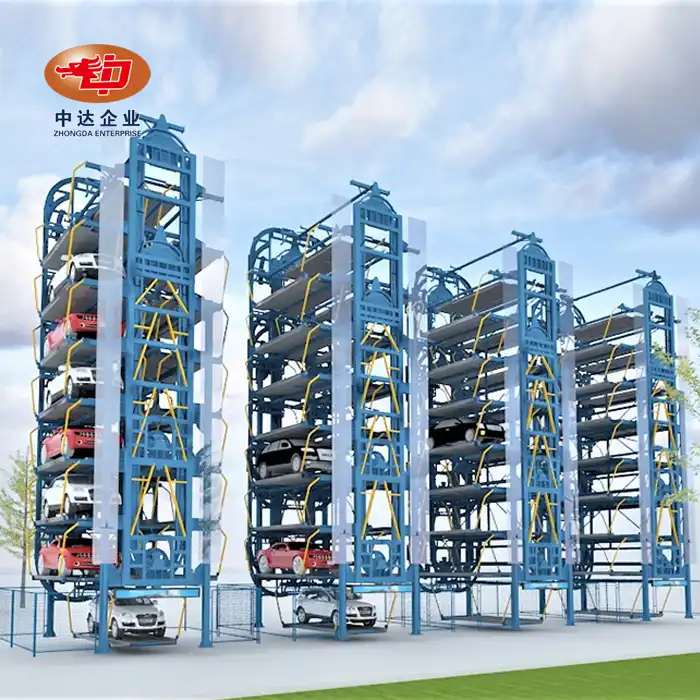

_副本_1754277943321.jpg)
